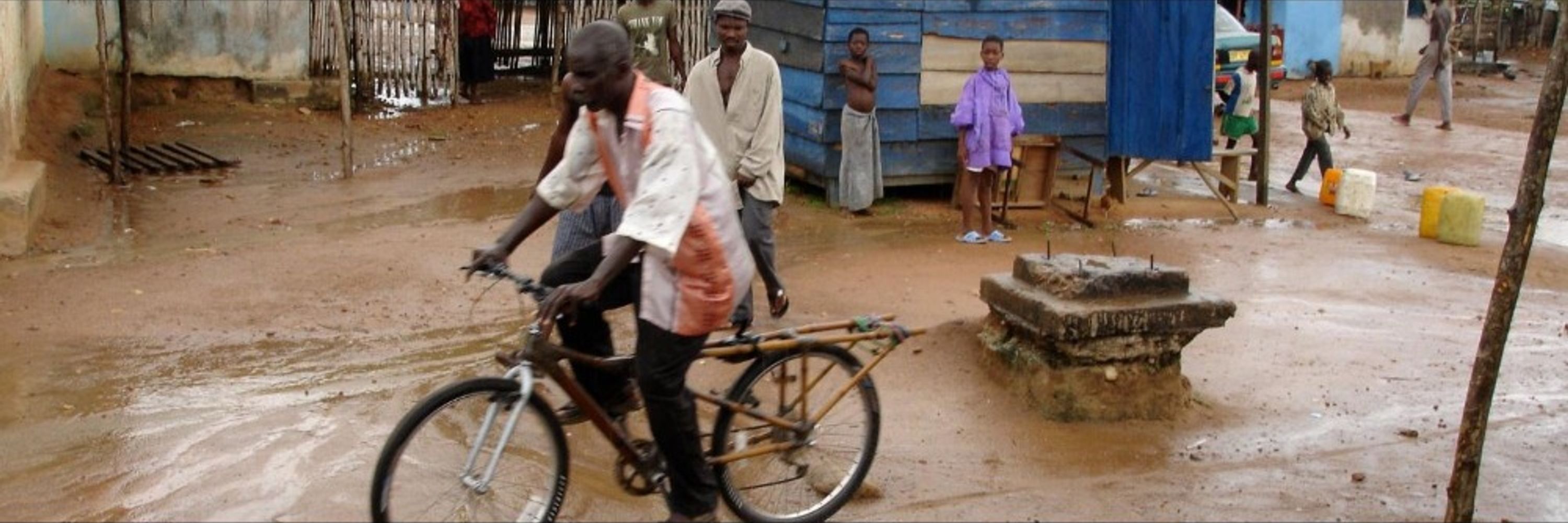David Ho
@davidho.bsky.social
110K followers
2.7K following
11K posts
Climate scientist; ocean carbon cycle and climate solutions. Professor, University of Hawaiʻi at Mānoa; Visiting Faculty, Arizona State University. https://linktr.ee/david_ho
Posts
Media
Videos
Starter Packs
David Ho
@davidho.bsky.social
· 12h
David Ho
@davidho.bsky.social
· 18h

Supreme Court rejects Alex Jones' appeal of $1.4 billion defamation judgment in Sandy Hook shooting
The Supreme Court has rejected an appeal from conspiracy theorist Alex Jones and left in place the $1.4 billion judgment against him over his description of the 2012 Sandy Hook Elementary School shoot...
apnews.com
David Ho
@davidho.bsky.social
· 18h

Republicans try to weaken 50-year-old law protecting whales, seals and polar bears
One of the U.S.’s longest standing pieces of environmental legislation, credited with helping save rare whales from extinction, is the subject of an effort for cutbacks from Republican lawmakers who n...
abcnews.go.com
Reposted by David Ho
David Ho
@davidho.bsky.social
· 18h
Reposted by David Ho
Reposted by David Ho




















